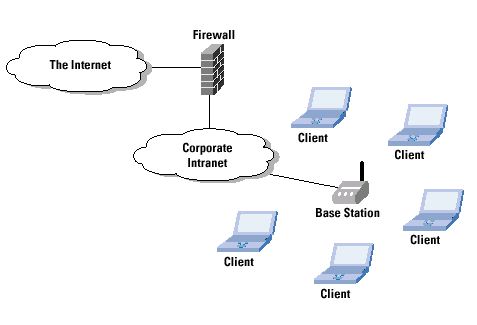What is IEEE 802.11?
IEEE 802.11 is a combination of media access control (MAC) and physical layer specification used to implement wireless local area network (WLAN) computer communication in the 2.4, 3.6, 5 and 60 GHz frequency bands. The 802.11 family consist of a series of half duplex over the air interface between a wireless client and a base station or between two wireless clients. The IEEE 802.11 standard is used at common place with using 54 Mbps operating speed of system. IEEE 802.11 wi fi are extend widely and in common use, where the people used it in a laptop computers in hotels, cafes, airport lounges and many other places using a wireless link. It can be used for temporary connections, temporary WLAN applications and also for permanent installations.
The 802.11 has a different standards each with a letter suffix are given below,
- 802.11a : The wireless network bearer operating in the 5 GHZ ISM band with data rate up to 54 Mb per second.
- 802.11b : This wireless network is operating in the 2.4 GHz ISM band with data rates up to 11 Mb per second.
- 802.11e : It has a quality of service and prioritization.
- 802.11f : Handover.
- 802.11g : This wireless network bearer operating in 2.4 GHz ISM band with data rates up to 54 Mb per second.
- 802.11h : It has a quality of power control.
- 802.11i : Encryption and authentication.
- 802.11j : Interworking.
- 802.11k : Measurement reporting.
- 802.11n : This wireless network carrier operating in the 2.4 and 5 GHz ISM band with data rates up to 600 Mb per second.
- 802.11s : Used for mesh networking.
- 802.11ac : The wireless carrier network is operating below 6 GHz to provide data rates of 1 GB per second for multi station operation and 500 Mb per second on a single link.
- 802.11ad : This wireless network carrier gives very high throughput at frequencies up to 60 GHz.
- 802.11af : This is usually used in TV spectrum white spaces called a white-fi.


